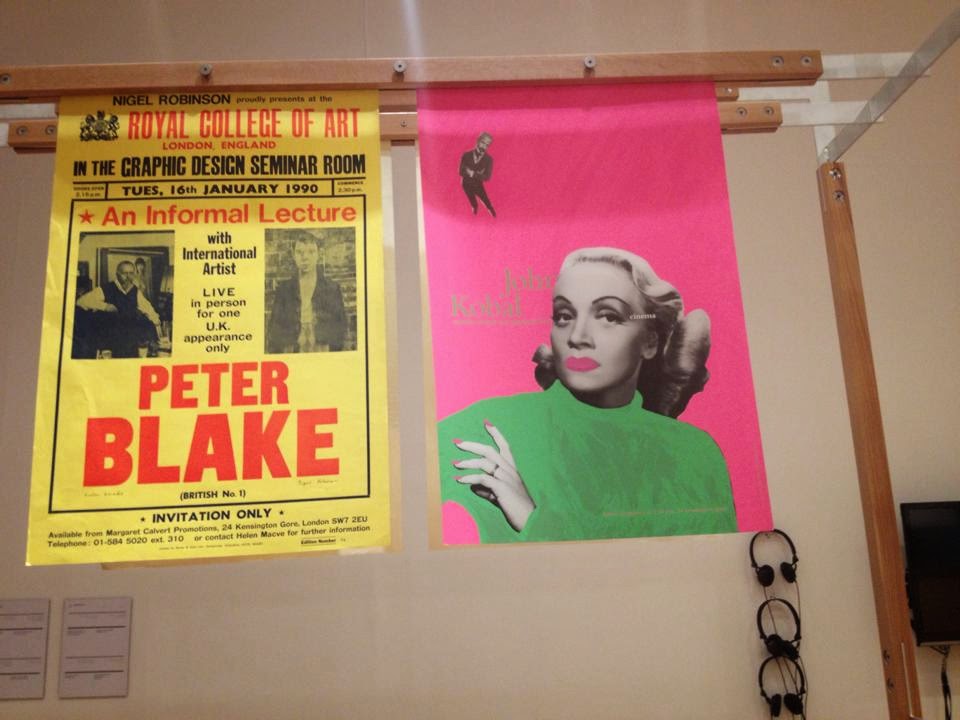A major exhibition reveals the rich history of graphic design at the Royal College of Art. Graphics RCA: Fifty Years illustrates the ways in which, for the past half century, the RCA has articulated the leading edge of major developments in graphic communication. On Monday 22d of December I had the pleasure of visiting this exhibition for myself, and I found it completely inspiring and amazing in many aspects. It was engaging and full of life and imagination, the work displayed was varied but there was a consistency in the standard and quality of the work.
The exhibition traces the development of graphic design at the College, from the game-changing influence of Professor Richard Guyatt, through the diverse approaches of such communication-world luminaries as Abram Games in the 1950s, Bob Gill, Jock Kinneir and Anthony Froshaug in the ’60s; Ken Garland and Herbert Spencer in the ’70s, Gert Dumbar, Derek Birdsall, Margaret Calvert, Tony Cobb in the ’80s, Dan Fern in the ’90s, to current Dean of School Neville Brody.
Naming the School of Graphic Design in 1948, Guyatt’s adoption of a term coined by W A Dwiggins in the 1920s (thus helping to bring it into common parlance in the UK) is representative of his culturally informed, open approach. Over his 30-year stewardship, Guyatt manoeuvred a determined shift away from purely illustrative design towards a deliberately outward-looking, cross-disciplinary pedagogic strategy that embraced photography, collage and other media.
The exhibition also highlights the under-explored experiences of prominent women graphic designers who trained at the College. Avril Hodges, a GUI designer for Apple and others, remembers her experience, ‘It was the early ’60s. I was 19 and the only girl in that year of the graphics group. Anthony Froshaug was first-year tutor and he expected total commitment, but his analytical approach to design set the standard for everything that followed.’ The strength of influential work by female graduates, including Liz McQuiston, Marina Willer, Morag Myerscough, Amelia Noble and Frith Kerr, Sophie Thomas and Kristine Matthews, Kirsty Carter and Emma Thomas, and Astrid Stavro, indicates the extent of the cultural shift that followed.














